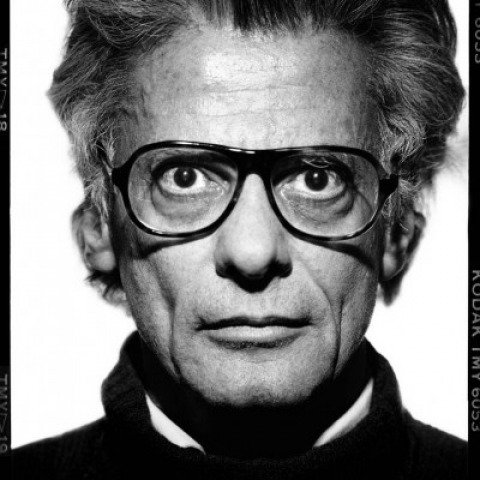
Rickard Avedon
1923 - 2004
Fashion & Portrait Photographer
Hello steemians.
This weekend passed and I didn't manage to post our weekly photographic dedication, but it's was for good news about the greek community. News will come soon.
At our previous dedication, we spoke about Helmut Newton. One of the fashion photography fathers, and at a reply I saw this
Also, you did Newton before Avedon?
This was from our friend @jackobo. You requested, I brought it to you.
Our weekly dedication will speak about Richard Avedon.
Feel free to reply with your photographer's name who you would like to learn his biography and stay tuned.
Avedon's contact with photography was when he was a teenager. After he left his studies of philosophy and poetry. He started to work as a photographer for the Merchant Marines, taking ID shots of the crewmen. His camera was a Rolleiflex, a gift from his father. This was enough for Avedon to start studying photography with Alexey Brodovich at the New School for Social Research (1944 - 1950).
In 1944, Avedon began working as an advertising photographer for a department store. This helped him in half with his studies to learn faster the photography.
Alexey Brodovitch saw his work and promoted him at Harper's. In 1945 Avedon's photographs began appearing in Junior Bazaar and a year later, in Harper's Bazaar.
Only 2 years have passed, and Avedon set up his own studio. This was a new start for him and he began providing images for magazines (Vogue, Life). His passion for art and his work gave him the "gold ticket" and he soon became the chief photographer for Harper's Bazaar.
1952 was a great year for Avedon too, and this because he became Staff Editor and Photographer for Theatre Arts Magazine.
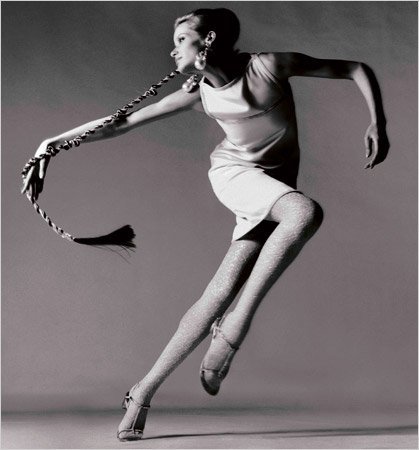 | 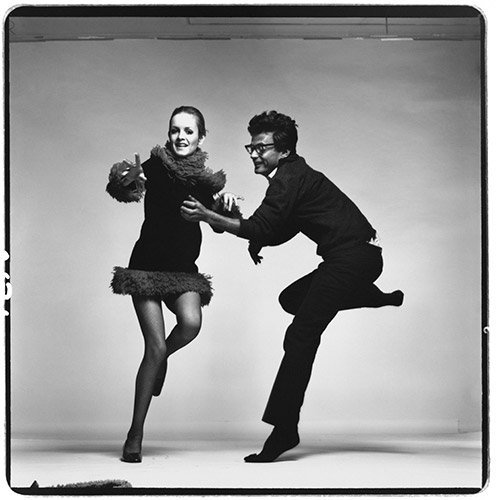 |
Those were very excited and great opportunities for any photographer, but not for Avedon. He did not conform to the standard technique of taking studio fashion photographs, with stood models, frozen frames and everything unemotional.
He started to shoot emotional models on streets, where he could use the sunlight in order to capture his frames, but this was not accepted for him too, so he turned back to studio photography using strobe lighting.
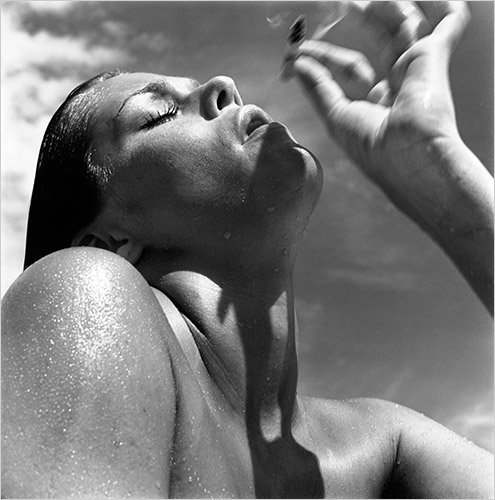 | CHANGING STYLES Lauren Hutton in 1968. Credit The Richard Avedon Foundation |
Many companies hired him in order to claim commercial photographies. Companies like Gianni Versace, Calvin Klein. Notable photographic assignment, featuring a fifteen-year-old Brooke Shields.
"Brooke is a lightning rod. She focuses the inarticulate rage people feel about the decline in contemporary morality and destruction of innocence in the world."
Both had very professional chemistry. They worked together for Calvin Klein jeans, Colgate, Versace, 12 American Vogue covers and Revlon's Most Unforgettable Women campaign.
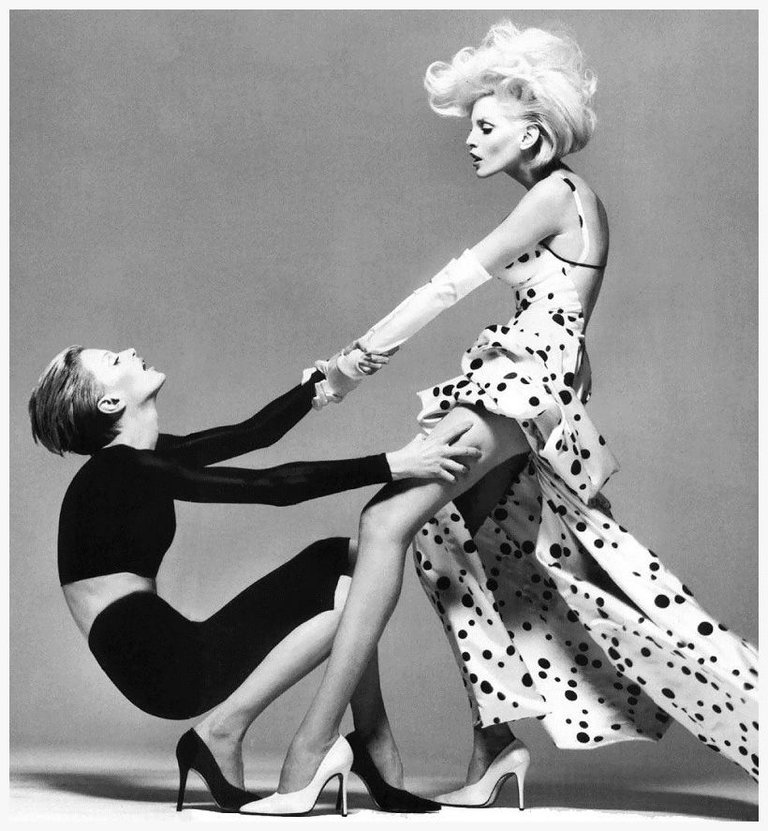 | 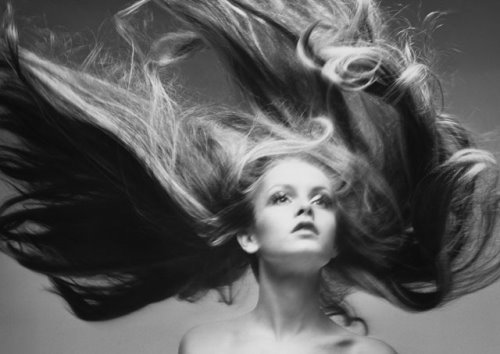 |
In addition to his continuing fashion work, Avedon was making studio portraits too.
Avedon became the first staff photographer for The New Yorker in 1992, where his post-apocalyptic, wild fashion fable “In Memory of the Late Mr and Mrs Comfort,” featuring model Nadja Auermann and a skeleton, was published in 1995.
Avedon is distinguished by as a photographer, for his large prints.
Remarkable work is the American West. It became a turning point in Avedon’s career when he focused on everyday working class subjects such as miners soiled in their work clothes, housewives, farmers and drifters on larger-than-life prints, instead of the more traditional options of focusing upon noted public figures or the openness and grandeur of the West.
5 years needed in order to photograph 762 people capturing 17000 frames of 8x10 Kodak Tri-X Pan film.
Among those people, there was a trucker named Billy Mudd.
Billy Mudd went long periods of time on his own away from his family. He was a depressed, disconnected and lonely man before Avedon offered him the chance to be photographed. When he saw his portrait for the first time, Mudd saw that Avedon was able to reveal something about Mudd that allowed him to recognize the need for change in his life. The portrait transformed Mudd and led him to quit his job and return to his family.
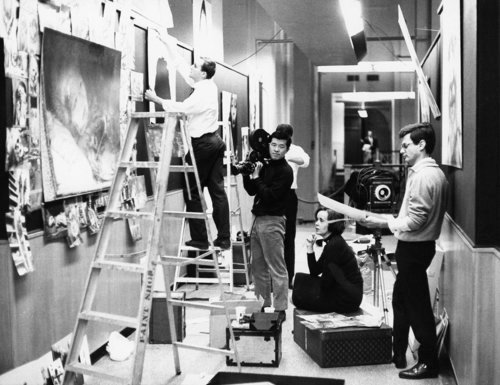 | 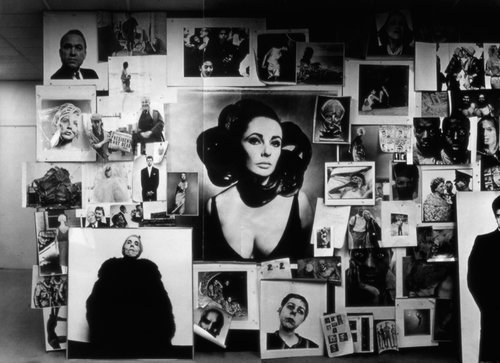 |
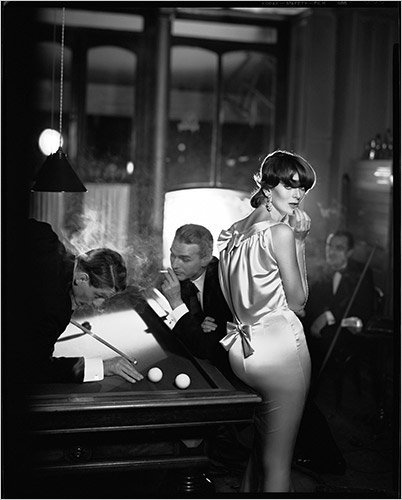 | SETTING THE MOOD Evening dress in Paris, 1957. Credit The Richard Avedon Foundation |
During the production period, Avedon encountered problems with size availability for quality printing paper. While he experimented with platinum printing he eventually settled on Portriga Rapid, a double-weight, fibre-based gelatin silver paper manufactured by Agfa-Gevaert. Each print required meticulous work, with an average of thirty to forty manipulations. Two exhibition sets of In the American West were printed as artist proofs, one set to remain at the Carter after the exhibition there, and the other, property of the artist, to travel to the subsequent six venues. Overall, the printing took nine months, consuming about 68,000 square feet (6,300 m2) of paper.
Those days, there were several serious problems in order to make a fine print. Think about if you want to print big sizes too.
Sources
NY Times
Biography
TIME
The art story
wikipedia - Richard Avedon
Avedon foundation
This is me. This is my life. This is photography.
Weekly Dedication list
Weekly dedication #1 - Stephen Shore
Weekly dedication #2 - Bruce Gilden
Weekly dedication #3 - Garry Winogrand
Weekly dedication #4 - John Hiliard
Weekly dedication #5 - Chloe Kritharas Devienne
Weekly dedication #6 - Stan Douglas
Weekly dedication #7 - Nicéphore Niépce
Weekly dedication #8 - Margaret Bourke-White
Weekly dedication #9 - Roger Fenton
Weekly dedication #10 - Alfred Cheney Johnston
Weekly dedication #11 - Ansel Adams
Weekly dedication #12 - Jacob Riis
Weekly dedication #13 - Helmut Newton

There is so much dynamics in Newtons photos, he's a true artist. I've heard a story about him where he was asked what influence the quality of the camera has on his work on which he replied: "How much does the pan influence the dishes of a master chef?"
He's so right about that. We really should appreciate talent more.
You have right. This quote is one of best for me. To be a photographer you d not have to own high end tech camera, lens, computer, models, lights and any other accerory, but you MUST have the "photographic eye".
If you have it, you can make a photography with only a mobile phone.
WARNINGCONFIRMED SCAM!
DO NOT FOLLOW any instruction and DO NOT CLICK on any link in the comment! - The message you received from @davidike is a
For more information, read this post:
https://steemit.com/steemit/@arcange/phishing-site-reported-postupper-dot-ml
If you find my work to protect you and the community valuable, please consider to upvote this warning or to vote for my witness.
Thank you @arcange for your reporting reply. This helps new users to be warned and confirm who is scam.
That's why I love Avedon. He made fashion photography an art form (the only photograph in the Metropolitan Museum in New York is by Avedon and it was for an advertisment) but he also explored every aspect of photography; even reportage at Vietnam.
He was an unstopable free spirit. Searching new styles, new ways and of course how to capture what he had in his heart. Every shot from him is unbelievable. Not only because the posisions, the post-production or even the frame is perfect, but in every frame you can read his mind.